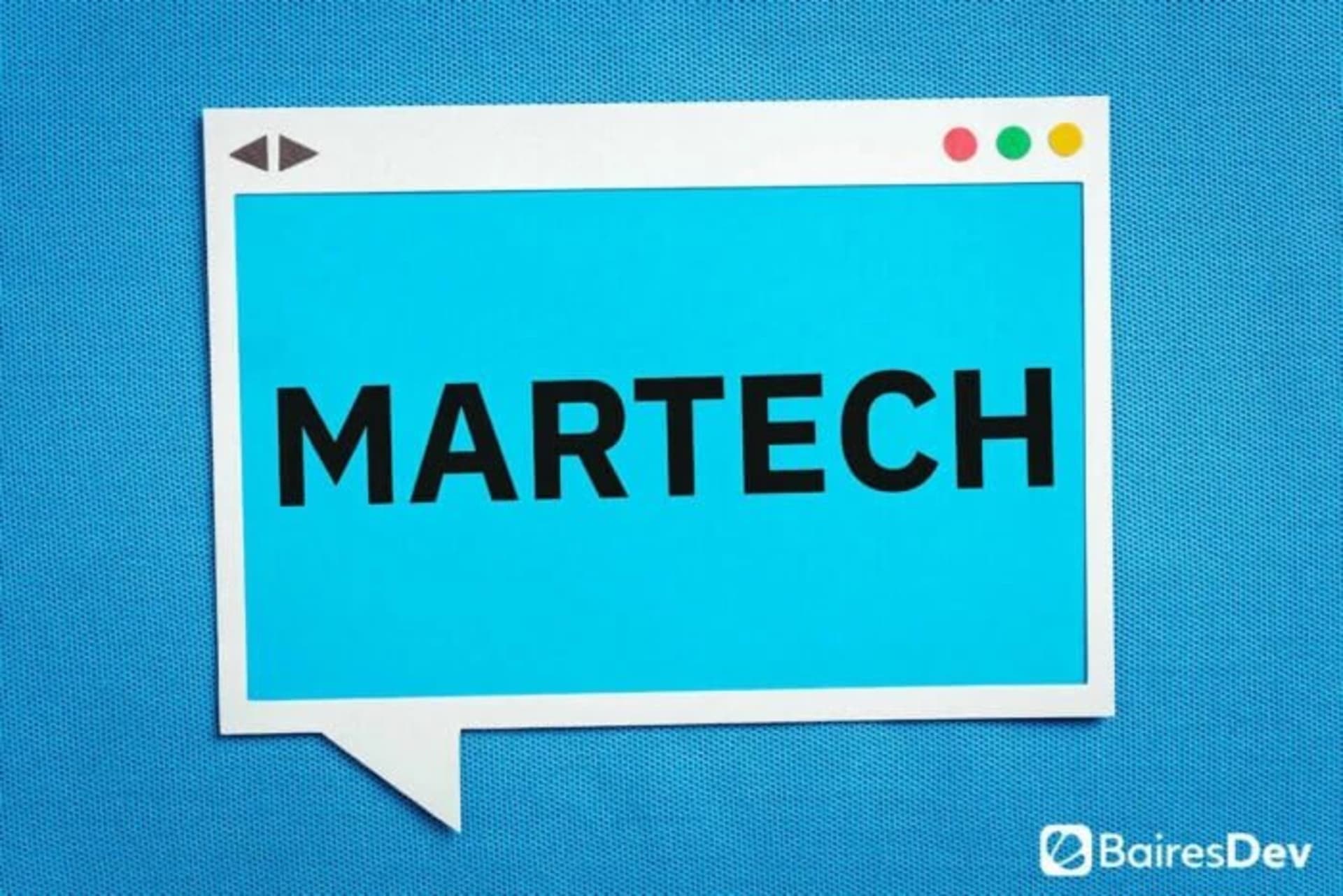You don’t need me to say that 2020 was an atypical year that disrupted businesses in such a way that it’s hard to anticipate all of its consequences. It’s safe to say that virtually all activities will change in some way or another – and marketing is hardly the exception. So, trying to foresee how its future will look feels like a guessing game at times.
However, there are certain trends that we are sure will play a major role in marketing and advertising for years to come. How can we be so sure? Because these trends are all related to martech software development (aka marketing technology). Since the pandemic has pushed all industries towards digital acceleration processes, it’s then safe to assume that marketers everywhere will increasingly adopt the following technologies to meet the new demands in a post-pandemic world.
Here’s the MarTech picture we’re seeing for the coming years.
1. Sophisticated Content Experiences
Experiences aren’t something new in content marketing, especially since the whole “content is king” mantra evolved into storytelling and personalized content. Yet, content experiences will get significantly more sophisticated in the coming years, mainly because of the possibilities brought by new technologies or by new ways of using known tech.
Thus, there will be increasing use of gamification components across digital experiences to increase the level of engagement with audiences. By providing interactive elements sprinkled throughout the content, companies can make their audiences feel more immersed with their storytelling and their brands.
There’s also the use of cutting-edge technologies such as augmented reality and virtual reality which can go beyond mere functionality and tell a story by themselves. The appearance of 5G can give both AR and VR a boost to tell engaging stories and serve relevant content to audiences wherever they may go. Thus, brands will be able to market products by laying a digital layer on top of reality in “marketing hotspots” placed in strategic places, be them online or offline.
2. Distributed Marketing
The pandemic has forced marketing teams to work remotely, something that marketers only saw as a growing trend before COVID-19. But today remote work has become a dominant model out of necessity and will likely stay dominant for the foreseeable future. This means that marketers will embrace working from afar and kickstart the age of distributed marketing.
Under this new configuration, marketers will have to increasingly adopt cloud-based collaboration tools to shape the marketing agencies of the post-pandemic world. Distributed marketing won’t be just an operational thing, though. Social distancing has forced everyone to reimagine spaces where marketing used to thrive, including conferences, expos, and seminars. So, marketers also need to devise new strategies to capitalize on the new digital spaces that are replacing those traditional events.
The best thing about this is that teleconferences, live streams, and virtual events have leveled the field for smaller companies. This means that companies of all sizes now have a direct way into their audience’s homes. They only need to figure out how to convert that opportunity brought by tech into results.
3. Cybersecurity as the Main Priority
Naturally, the focus on cybersecurity isn’t a new thing: companies have been investing in it for years. However, the threat level is bigger today than it ever was, mainly because companies are all moving to the cloud, multiplying their potential vulnerabilities. There’s also the increasing popularity of big data has opened the door for marketers to gather information with a granularity level previously unheard of.
That’s a great thing for developing strategic marketing campaigns with a highly detailed approach but it also means a shift in priorities that puts security as a main priority. Sure, that doesn’t feel very marketing-related (doesn’t IT have to deal with security concerns after all?). Yet, marketers need to be aware of the potential threats of amassing such a large amount of data while also being part of the discussion about what to do with it.
Security isn’t just a concern for companies but for their audiences as well. Marketers need to know how to promote their products and services, sending a convincing message about the company’s safety. The only possible way to offer such a guarantee is to employ robust software across the company and especially in marketing. Thus, prioritizing cybersecurity as the top concern can impact the quality level of MarTech software, calling for updates or for the adoption of custom software with the required security levels.
4. Increasing MarTech Solutions
With every passing month, there are more and more software solutions for virtually anything you can imagine. That’s oh-so-true in the MarTech sector which offers a vast landscape of applications that are proliferating across the board. Of course, having that impressive volume of options is a good thing, as companies and marketers can find the tools that better suit their needs.
But there also are potential issues waiting there. On one hand, marketers can quickly feel overwhelmed and fail to find the right MarTech solution for their needs. On the other, companies might believe that they need as many tools as they can possibly get, which may end up leading them to an overly complex ecosystem that creates obstacles rather than bringing solutions.
Finding the right solutions (and the appropriate number of them) will require careful consideration from marketers in the coming years, as the amount of MarTech solutions isn’t going to slow down any time soon. That’s not just because there will be more alternatives to the tools we know today – there will also appear tools based on new technologies, especially those based on AI which will open a whole new host of possibilities.
5. Artificial Intelligence’s Dominance
Cutting edge technology always finds a way into marketing operations, so much so that it seems that we have a new tech-focused trend every month. A lot of them end up being just fads but one that refuses to be categorized as such is AI, which already has multiple MarTech uses but still has room to grow even more.
Marketers are already familiar with a part of AI’s benefits, thanks to the widespread adoption of chatbots, predictive analytics, and automated sharing platforms. But that’s just a glimpse of this technology’s true potential. There are highly promising uses for AI in marketing, especially the ones related to extreme customization.
Through the use of AI algorithms, marketers will be able to serve highly personalized experiences to laser-focused audiences to bring engagement to a whole new level. Thus, AI will be able to adapt to each individual member of an audience to adapt specific pieces of content to their unique traits, creating a tailor-made experience that will usher in the possibility of engagement to an intimate level. With that in mind, we can expect that AI will dominate the MarTech landscape in the coming years.
Tech Will Keep Leading Marketing’s Way
This year has certainly impacted all of our activities, but its consequences won’t affect the communion between marketing and technology. Even when there were a lot of people saying that the pandemic would impact their marketing and advertising budgets, the reality shows that investing in MarTech can be the best way out of the dire situation the COVID-19 has put companies in.
In reality, marketing teams and agencies already know that by heart, even in these socially distanced times: technology has always come to the aid of marketers and keeps doing so, which is why the future of MarTech looks as bright and dynamic as ever.







